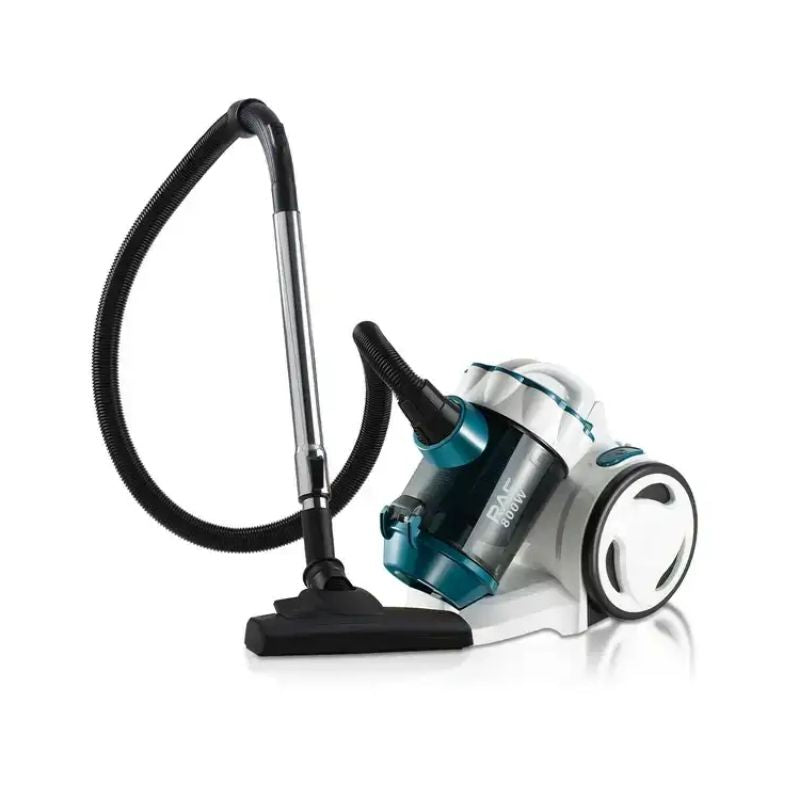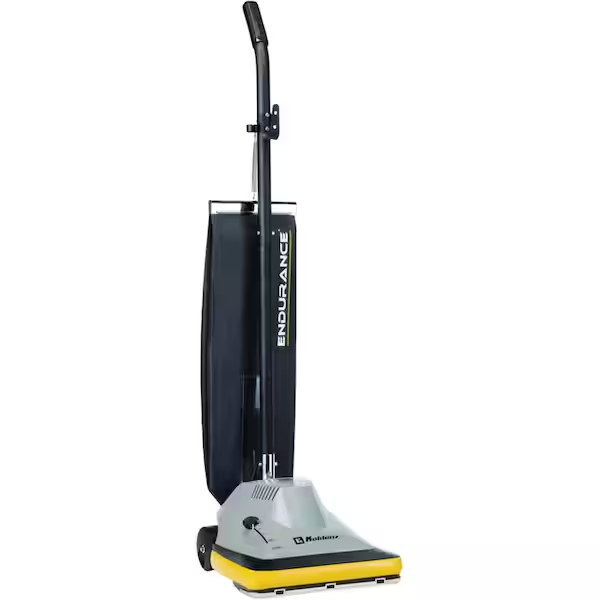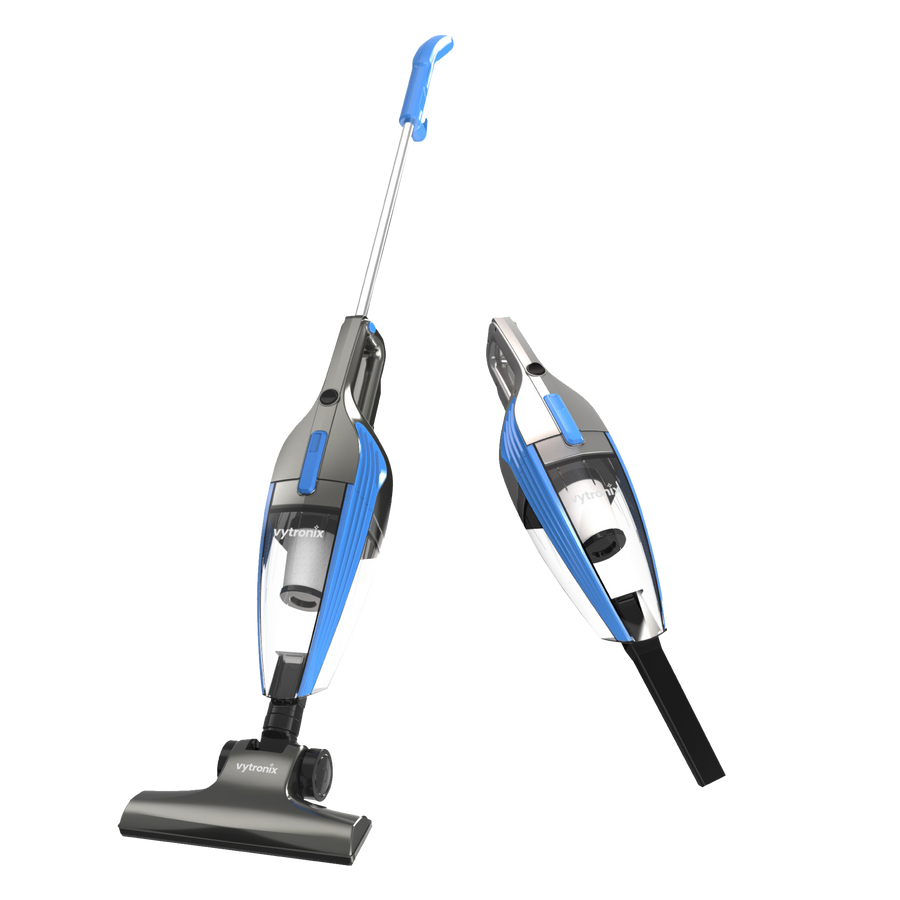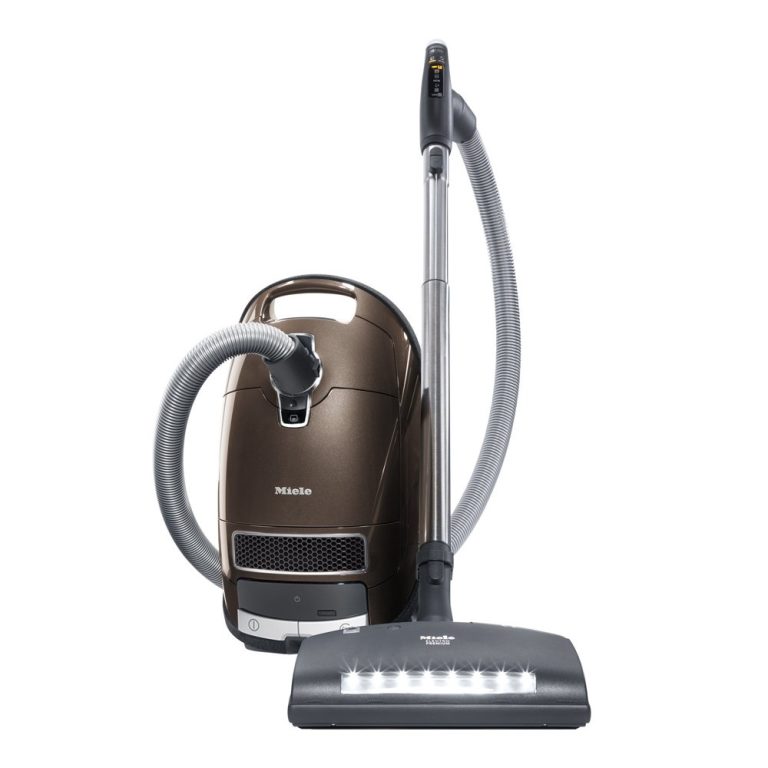The invention of the vacuum cleaner revolutionized household cleaning, making it easier and more efficient to maintain a clean environment. Though we often take this essential device for granted, its history is filled with innovative ideas and crucial developments. Understanding when the first vacuum cleaner was invented and its evolution over the years can shed light on its significance in modern society. When was the first vacuum cleaner invented? This article will explore the key milestones in the history of vacuum cleaners, from their initial concept to the advanced machines we use today.
The Concept of Cleaning Devices
Early Cleaning Methods
Before the vacuum cleaner came into existence, people used various methods to keep their living spaces clean. Brooms, dustpans, and cloths were the primary tools for removing dirt and debris. These methods, while effective to some extent, required considerable effort and often did not provide adequate results. Dust accumulation was a common issue, and cleaning was a time-consuming task for families.
Cleaning techniques began to evolve over time. For instance, in the 18th century, people utilized rudimentary items like bellows to remove dust from carpets and furniture. These early cleaning methods laid the foundation for more advanced appliances, showcasing the desire for better cleaning solutions.
The Need for Innovation
As urbanization increased during the 19th century, so did the amount of dust and debris in homes. The growing population in cities and the prevalence of industrialization made cleanliness more important than ever. This need prompted inventors to explore ways to improve cleaning efficiency. It became evident that new tools were required to manage the challenges of cleaning in increasingly crowded living environments.
The challenge of cleaning led to discussions about how technology could be harnessed to create a more effective cleaning device. The groundwork was being laid for the development of the first vacuum cleaner, driven by the desire to simplify the arduous task of keeping homes tidy.

The Birth of the Vacuum Cleaner
The First Patent
The journey toward the vacuum cleaner we know today began in 1860 when a man named Hubert Cecil Booth patented the first vacuum cleaner design. His invention was called the “Pneumatic Carpet Renovator.” This machine utilized a motor to create suction, drawing dirt and dust from carpets and furniture. Booth’s approach was revolutionary for its time, as it combined a powerful suction mechanism with the concept of cleaning.
However, it is worth noting that Booth’s invention was not a portable device. His vacuum cleaner was cumbersome and required a horse-drawn carriage to transport it to homes. Despite its limitations, this innovation marked a significant first step toward the development of more user-friendly vacuum cleaners in the future.
The Impact of Booth’s Invention
Hubert Cecil Booth’s invention caught the attention of households, but due to its size and expense, it was primarily used in commercial settings. The Pneumatic Carpet Renovator was employed by cleaning companies that serviced large homes and public buildings. This early vacuum cleaner showcased the potential of suction technology and set a foundational precedent for the development of future cleaning devices.
While Booth’s invention laid the groundwork, it was not until the later part of the 19th century that more practical designs would emerge. The idea of suction cleaning became more popular, paving the way for further innovations in the world of vacuum cleaners.
Advancements in Vacuum Cleaner Technology
The Hand-Crank Vacuum Cleaner
In 1876, another significant milestone occurred when Melville Bissell patented a hand-crank vacuum cleaner. Bissell’s design was more practical for household use compared to Booth’s earlier invention. His vacuum cleaner utilized a rotating brush that helped loosen dirt and debris, which was subsequently collected in a removable container.
Bissell’s vacuum cleaner was lighter and more portable than earlier models, making it more appealing to the average consumer. By allowing homeowners to clean without the need for external assistance, this innovation brought suction cleaning into personal spaces.
The Rise of Electric Vacuum Cleaners
As technology advanced, electric motor innovation soon transformed the vacuum cleaner landscape. In 1907, James Murray Spangler, a janitor and inventor, created the first electrically powered vacuum cleaner. Spangler’s machine was relatively compact and designed for home use, which made it a practical option for many households.
Spangler’s vacuum used a fan motor and was equipped with a cloth bag to collect debris. In a stroke of entrepreneurial spirit, he patented his design and subsequently sold the rights to the Hoover Company. This partnership significantly propelled the popularity of vacuum cleaners in the consumer market, leading to the development of more efficient models.

The Vacuum Cleaner Goes Mainstream
Hoover and the Marketing Revolution
The Hoover Company played a vital role in making vacuum cleaners a household name. In the 1920s, the company introduced several innovative features, such as the first vacuum cleaner to use a disposable paper bag. This feature simplified the cleaning process, as users could easily change the bag when it became full.
Hoover’s aggressive marketing campaigns helped popularize vacuum cleaners among the general public. The company showcased its products in department stores and even included demonstrations that illustrated the machine’s effectiveness. By targeting consumers with convincing advertising, vacuum cleaners became commonplace in households across America.
Improvements in Design
As the vacuum cleaner gained traction in the market, manufacturers began to refine their designs. Advancements included the introduction of attachments, adjustable suction power, and improved filtration systems. Some models began using HEPA filters, which effectively captured fine particles, allergens, and dust. These innovations further enhanced the performance and efficiency of vacuum cleaners.
The diversity of vacuum cleaner models also expanded. Consumers could now choose between upright, canister, and handheld designs, each catering to different cleaning needs. With increased options available, the vacuum cleaner became an indispensable household appliance.
The Age of Specialization
Specialized Vacuum Cleaners
As vacuum technology advanced further, manufacturers began to create specialized vacuum cleaners for various tasks. For example, robotic vacuum cleaners emerged in the late 1990s and early 2000s. These autonomous devices offered homeowners a hands-free solution for maintaining clean floors without manual labor.
Robotic vacuum cleaners became incredibly popular for their convenience. Models like the Roomba allowed users to schedule cleaning operations, which could be managed via smartphone apps. This innovation revolutionized the way people approached daily cleaning tasks.
Improvements in Energy Efficiency
With a growing emphasis on environmental impact, manufacturers also started to focus on energy-efficient designs. Many modern vacuum cleaners consume less power while maintaining their cleaning effectiveness. Energy ratings became a consideration for consumers who sought to reduce their carbon footprint.
These developments showcase how the vacuum cleaner has adapted to contemporary consumer needs, prioritizing efficiency and ecological responsibility. As technology continues to evolve, it is likely that vacuum cleaners will feature even more improvements for energy conservation.

The Future of Vacuum Cleaning Technology
Smart Technology Integration
As we move forward into a new era, the integration of smart technology into vacuum cleaning devices is gaining momentum. Smart vacuum cleaners equipped with sensors can navigate household environments autonomously. Using advanced mapping capabilities, they can identify areas that need cleaning and adjust their routes accordingly. Some models even provide cleaning reports, giving users insight into their cleaning habits.
The application of artificial intelligence in vacuum cleaners is also on the rise. These machines can learn from their surroundings, avoiding obstacles and efficiently covering all areas of a home. With ongoing advancements, future models are likely to become even more intelligent and efficient.
The Evolution Continues
The vacuum cleaner has come a long way since Hubert Cecil Booth first patented the Pneumatic Carpet Renovator in 1860. From hand-crank models to versatile robotic vacuums, the evolution of cleaning technology reflects changing consumer needs. The combination of innovation, convenience, and efficiency has solidified the vacuum’s place as a staple in modern households.
As technology continues to advance, the future of vacuum cleaning promises exciting developments. We can expect even greater efficiency, smarter features, and innovative designs that cater to the lifestyles of consumers worldwide.
The Journey of the Vacuum Cleaner
When was the first vacuum cleaner invented? The history of the vacuum cleaner is a remarkable tale of innovation and adaptation. From its inception with Hubert Cecil Booth to the modern-day robots that clean our homes, vacuum cleaners have significantly transformed our cleaning habits. Understanding the evolution of this essential device is vital in recognizing its impact on daily life.
As technology continues to progress, consumers will benefit from improved cleaning solutions designed to simplify their lives. With numerous options available in the market today, buyers can find models that suit their specific cleaning needs and lifestyles.
In summary, the journey of the vacuum cleaner illustrates humanity’s constant quest for improvement and convenience. The vacuum cleaner remains a prime example of how innovation can enhance our daily routines, making our living spaces cleaner and healthier. Understanding its history reminds us of how far we have come and inspires us to embrace the future of cleaning technology with enthusiasm.


